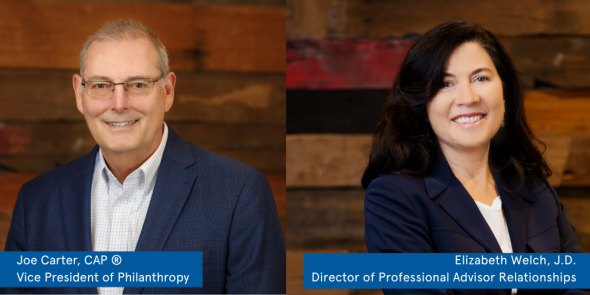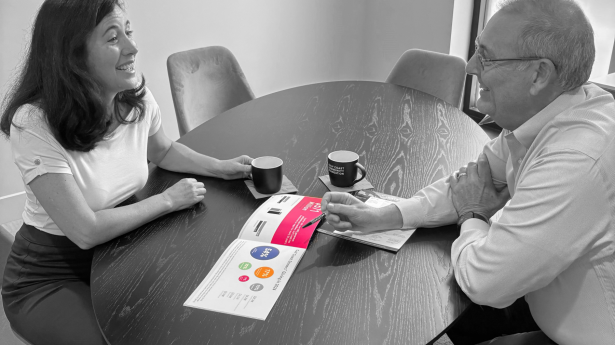
One Big Beautiful Bill Act: Impacts on Charitable Giving
A Note from Joe Carter, CAP®, Vice President of Philanthropy

As your trusted philanthropic resource and partner, we want to keep you informed about recent legislative changes that may affect your client's charitable giving and the causes they support.
The newly introduced One Big Beautiful Bill Act (OBBB) brings together significant updates across taxes, healthcare, and public benefits. While broad in scope, several provisions directly impact the philanthropic landscape.
We’ve highlighted three key takeaways—New Deduction Limits, What Stayed the Same, and Impacts on Nonprofits—along with recommendations on how your clients can continue to make a meaningful impact as policies evolve.
1. New Deduction Limits
Non-Itemizers
If you your clients don't itemize, they can now take an above-the-line deduction.
What it means: Ensures some tax benefit for charitable giving, even if they don’t itemize
• Up to $1,000 for individuals
• Up to $2,000 for couples filing jointly
-> Our recommendation: If their annual giving typically exceeds this amount, it may be worth considering a donor-advised fund (DAF) or exploring whether itemizing in select years (e.g., through gift bunching) could offer greater tax advantages.
Itemizers:
New caps and minimum gift requirements
• Beginning 2026, the increased standard deduction is permanent at: $15,750 (individuals) / $31,500 (couples).
• It also introduces a 0.5% of AGI floor for itemized charitable deductions and caps deductions for high earners at 35%.
What it means: These changes could reduce the tax benefits of charitable giving for some individuals. For instance, if they don’t itemize, it may make charitable contributions harder to deduct. With the new floor, this means they can only write off contributions above 0.5% of adjusted gross income. For example, if they make $250,000 a year they can only deduct charitable donations in excess of $1,250.
-> Our recommendation:
• Maximize charitable donations in 2025 before the floor of 0.5% of AGI kicks in and the maximum tax bracket is 35%, beginning January of 2026.
• Consider "bunching" contributions into a DAF in high-income years to maximize your deduction while continuing to make grants over time.
• If they haven't added to their fund recently, this could be a smart year to do so.
• Think beyond cash and revisit their giving mix. Cash and non-cash assets (stock, real estate, or cryptocurrency) may provide better tax efficiency under the new rules.
For those 65 and older
The new law also expands a temporary "bonus" deduction for those 65 and older, up to $6,000 for individuals and $12,000 for couples filing jointly through 2028.
• Clients can claim the new deduction regardless of whether they itemize their taxes or claim the standard deduction.
• The deduction is gradually reduced based on income levels (if your modified adjusted gross income exceeds $75,000, or $150,000 for joint filers) and is set to expire at the end of 2028.
What it means: Your clients may benefit from this additional temporary tax break, depending on their income level.
-> Our recommendation: That they work with you, their trusted advisor, to tailor a plan that aligns with their goals. Take a fresh look at their charitable giving strategies to ensure they are maximizing both impact and tax efficiency. We’d be happy to join this conversation!
Estate Planning Opportunities- Non Sunset on Estate Tax Deduction
• In 2025, the exemption for single filers is $13.99 million and for married filing jointly is $27.98 million.
• In 2026, the amount increases to $15 million for individuals and $30 million for married filing jointly.
What it means:
Estates valued above the exemption are subject to estate tax. The rates begin at 18% and can go as high as 40%. Charitable giving continues to remain an effective tool, as charitable contributions are fully deductible from the taxable estate.
-> Our recommendation: Consider a donor-advised fund, charitable remainder trust, or a charitable lead trust to minimize estate tax liabilities.
2. What Didn't Change
Qualified Charitable Distributions (QCDs)
For those over 70½, QCDs remain a tax-efficient charitable giving option for eligible individuals by reducing taxable income, particularly for those who are subject to Required Minimum Distributions.
What it means: QCDs remain a valuable tool, as they reduce taxable income directly, regardless of whether a charitable deduction is taken.
-> Our recommendation: If your clients are looking for a way to maximize their impact on the causes they care about while lowering their taxable income, consider gifting their QCD to a fund at Gulf Coast such as: a Designated Fund for specific nonprofits, a Scholarship Fund, a Field of Interest Fund (e.g., veterans, environment, housing), or an Endowed Fund to support causes in perpetuity.
3. Impacts to Nonprofit Organizations
Foundation Taxes Remain Stable - Fueling Opportunity
OBBB did not raise the excise tax on private foundations, preserving capacity across the philanthropic sector.
What it means: There’s an opportunity for collective philanthropic leadership, and your client's DAF gives them a seat at the table.
->Our recommendation: Your client can leverage their DAF to respond quickly to emerging needs, join matching or challenge grant opportunities, or explore co-funding strategies with other Gulf Coast donors.
Cuts to Safety Net Programs = Rising Nonprofit Need
OBBB includes significant reductions to Medicaid, SNAP, and reproductive health funding. Nonprofits will be called on to fill wider gaps in care and basic needs.
What it means: Your client's support is more vital than ever. Strategic grants from their DAF can help nonprofits scale services and weather uncertainty.
->Our recommendation:
• Consider targeting grants toward organizations addressing food insecurity, reproductive health, rural healthcare, and housing—areas that will be directly impacted by public funding cuts.
• Contact us for guidance on trusted nonprofits working in these spaces.
Let's Plan Your Next Move, Together
This legislation highlights exactly why a donor-advised fund is such a powerful philanthropic tool: It gives your clients the agility to respond, the structure to be strategic, and the opportunity to lead in times of change.
We’d be happy to review your client's fund’s activity, explore giving opportunities, or help you shape a charitable giving plan for your clients that responds to current needs.
Let’s schedule a conversation.




